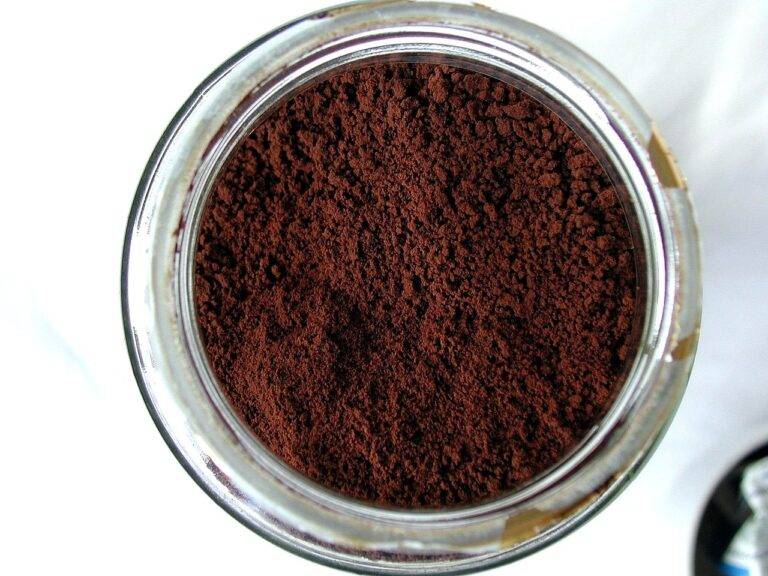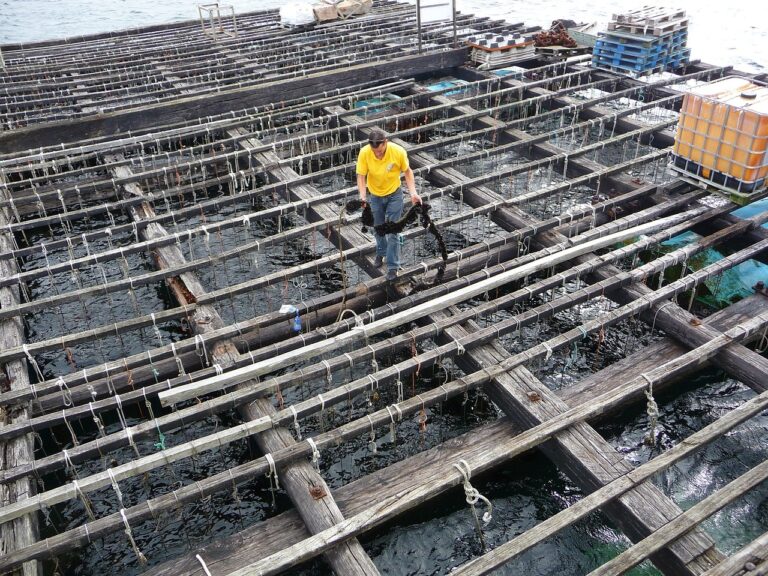Innovations in Food Processing and Preservation
Food processing and preservation have come a long way over the years, with advancements in technology leading to more efficient and effective methods of ensuring food safety and extending shelf life. In this article, we will explore some of the latest innovations in food processing and preservation that are revolutionizing the industry.
High Pressure Processing (HPP)
High Pressure Processing (HPP) is a non-thermal food processing technique that involves subjecting food products to high pressures, typically between 100 to 800 MPa. This process helps to extend the shelf life of foods while retaining their nutritional value and flavor. HPP is commonly used in the processing of fruit juices, ready-to-eat meals, and deli meats, among other products.
Pulse Electric Field Processing
Pulse Electric Field (PEF) processing is a method that uses short electrical pulses to disrupt cell membranes in food products. This technology helps to improve the extraction of juices, enhance the drying process, and increase the shelf life of foods. PEF processing is particularly effective in the processing of fruits, vegetables, and dairy products.
Ohmic Heating
Ohmic heating is a novel technique that involves passing an electrical current through food products, causing them to heat up rapidly. This method provides uniform heating and helps to preserve the natural color, texture, and flavor of foods. Ohmic heating is commonly used in the processing of soups, sauces, and dairy products.
Emerging Food Packaging Technologies
Advancements in food packaging technologies have also contributed to improvements in food preservation. Innovations such as active packaging, intelligent packaging, and edible packaging help to extend the shelf life of foods, reduce food waste, and enhance the overall consumer experience.
Novel Food Preservation Techniques
There are also several novel food preservation techniques that are gaining traction in the food industry. These include irradiation, ultraviolet light treatment, and cold plasma treatment, all of which help to reduce microbial contamination and spoilage of food products.
Advantages of Innovative Food Processing and Preservation Technologies
The adoption of innovative food processing and preservation technologies offers numerous benefits to both food manufacturers and consumers. Some of the key advantages include:
- Extended shelf life of food products
- Improved food safety and quality
- Reduction in the use of chemical preservatives
- Enhanced nutritional value of foods
Future Trends in Food Processing and Preservation
As technology continues to advance, we can expect to see further innovations in food processing and preservation. Some of the future trends to watch out for include the adoption of artificial intelligence in food processing, the development of 3D food printing techniques, and the use of nanotechnology for food packaging.
Conclusion
The food processing and preservation industry is constantly evolving, with new technologies and techniques being developed to improve food safety, quality, and sustainability. By staying abreast of the latest innovations in the field, food manufacturers can enhance their production processes, reduce food waste, and meet the changing needs of consumers in a rapidly evolving market.
FAQs
What is the role of technology in food processing and preservation?
Technology plays a crucial role in food processing and preservation by enabling more efficient and effective methods of ensuring food safety and extending shelf life. Advancements in technology have led to the development of novel techniques such as high pressure processing, pulse electric field processing, and ohmic heating, all of which help to improve the quality and safety of food products.
How do innovative food packaging technologies contribute to food preservation?
Innovative food packaging technologies such as active packaging, intelligent packaging, and edible packaging help to extend the shelf life of foods by providing additional barriers against oxygen, moisture, and microbial contamination. These technologies also help to reduce food waste and enhance the overall consumer experience by ensuring that food products remain fresh and safe for consumption.
What are some of the key benefits of adopting innovative food processing and preservation technologies?
Some of the key benefits of adopting innovative food processing and preservation technologies include extended shelf life of food products, improved food safety and quality, reduction in the use of chemical preservatives, and enhanced nutritional value of foods. These technologies help to meet consumer demand for more natural and minimally processed food products while ensuring that foods remain safe and nutritious for consumption.







